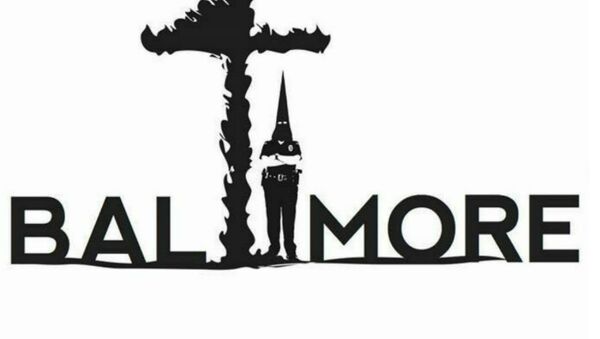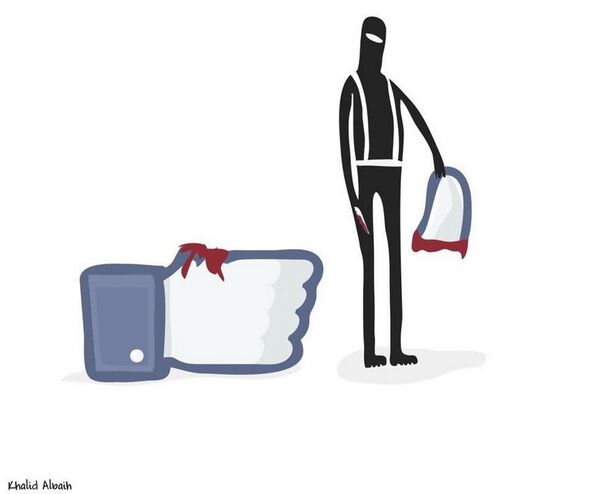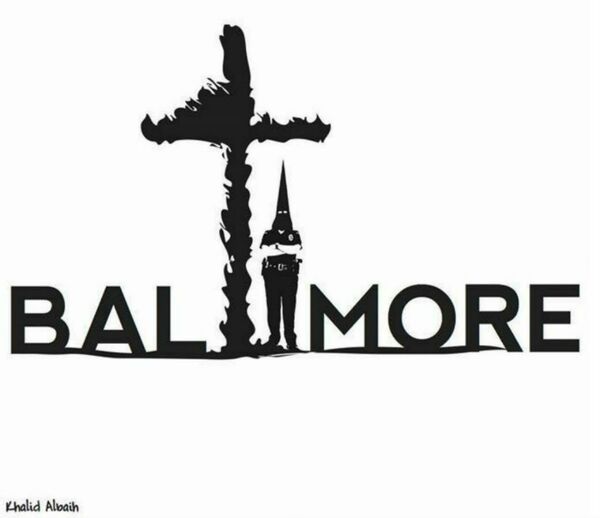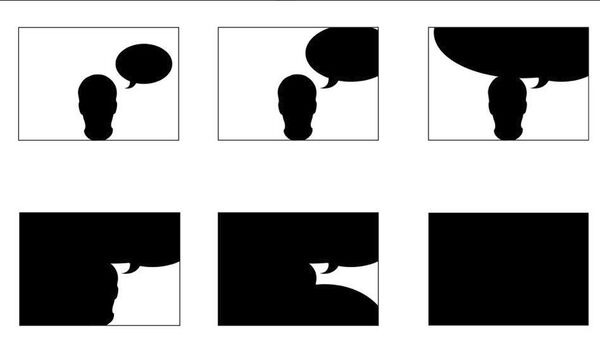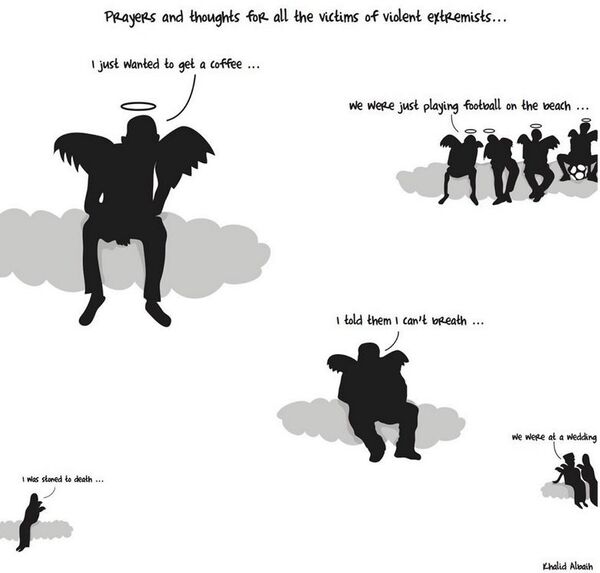"In the Arab world, when we look at the front page of the news, it’s always the same," Albaih told Sputnik. "So people just stop looking there. I noticed that people would only flip to the back pages to see the cartoons, because that’s where the message is."
A Sudanese citizen, born in Romania, and raised in Qatar, Albaih is the quintessential global citizen, and was exposed to political and social issues early on: his father was a Sudanese diplomat fired by the country’s military government in 1989, and his mother campaigns against female genital mutilation in Sudan.
His work first took off during the Arab Spring of 2010-11, when street artists in Tunisia and Egypt stencilled his cartoons on street walls at the height of the protests. But Albaih’s underlying goal is to engage with a global audience and share a broader message.
"We are all the same," He said. "That’s my message."
The political cartoonist is now in the United States to share that message. The Arab American National Museum in Dearborn, Michigan will be showcasing Albaih's cartoons as part of an exhibit appropriately titled "It's Not Funny."
As Baltimore erupted in protest following the death of Freddie Gray, Albaih issued a new cartoon tackling racism and injustice. And while the Baltimore image departs from his more typical commentary on the Middle East, Albaih believes the underlying issues are the same.
"What happened in Baltimore was a shock to us in the Arab world," he said. "The racism against black people…not just in Baltimore. But in Ferguson, Occupy Wall Street, all the Occupy movements."
"For us, it was a shock that it’s happening inside America, the land of democracy, that there is injustice."
For Albaih, the events in Ferguson and Baltimore presented an opportunity to bridge a gap that has long been at the core of his work: that between "Us" and "Them."
"Now, [citizens in the Arab world] feel connected with the American citizen," he said. "Even the American government has problems, and there are governments oppressing people everywhere, that is why people are relating to each other. We’re all the same."
Social media has revolutionized his work, Albaih told Sputnik. Having his cartoons immediately available for anyone to see, for him, is a step in the right direction.
"Before, you just put a cartoon on a newspaper, and you wouldn’t know what the reaction is or what people are saying. Now, you get an instant reaction."

It’s that instant reaction that’s part and parcel of his mission to engage in dialogue with a diverse audience.
"It’s an easy medium that grabs a person’s attention, it speaks to your mind," he explained. "I’m not telling you to watch the news 24/7, but if you see a couple of cartoons, you’ll understand, and maybe this will later open conversations with a lot of people."
"They’re both blinded."
Albaih makes it a point to use his artwork to challenge extremist ideology across the spectrum. Considering his medium of choice, we asked him what he thought of the recent Muhammed cartoon contest in Texas that provoked a violent attack over the weekend.
"Extremism," he said, "whether you’re on the far-right or far-left, all extremism is the same."
"Both sides are extreme," he stressed, referring to the organizers of the contest and the extremists who attacked it. "The anti-Islamization of America is blinded by the idea that Sharia law is going to take over America and how we’re going to lose our freedom. Islamic extremism is about how everyone else is wrong and we’re right. Both are blinded by their own thoughts."
"And that’s why it’s dark, right?" he said, referring to his cartoon on extremism. “They’re both blinded."
We do cartoons to change mindsets," he continued. "For me, as a cartoonist, why would I lose 1.6 billion (Muslims worldwide) rather than make a connection with them? What would I rather do as a cartoonist? Do I say your religion sucks, your prophet is a pedophile? I could criticize the religion, yes, but I could also say it in a way that would build bridges rather than widen the gap."
Dialogue, Albaih repeated, is everything.
"It’s just two kids fighting. And they’re two kids with guns," he chuckled.
"That’s exactly what it is. Two kids with a lot of power fighting each other, and there are millions stuck in the middle."

